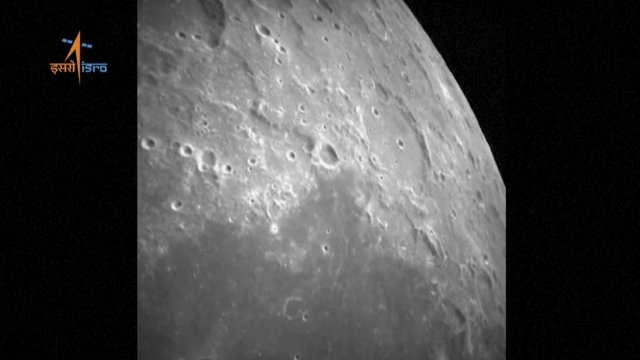It was a lunar touchdown 47 years in the making. Nobody has done it in nearly five decades, but India just became only the fourth nation to successfully land a mission on the moon.
India's Chandrayaan-3 mission successfully descended from lunar orbit Wednesday, touching down on the surface.
"For this wonderful moment I want to heartily congratulate 1.4 billion countrymen," said Prime Minister Narendra Modi. "My family members, with the hard work and talent of our scientists, India has reached the south pole where no other country has ever reached."
The mission launched in July. The stakes were high. Just days ago, Russia's Luna-25 mission to the moon ended in failure.
Russian officials cited a communications problem that disrupted the landing sequence.
"Unfortunately, the engines didn't stop normally in accordance with the landing sequence," said Yuri Borisov, head of Roscosmos.
SEE MORE: India becomes 4th country to land a spacecraft on the moon
And in April, NASA's Lunar Reconnaissance Orbiter captured the spot where Japan's lander smashed into the surface.
India's space probe, with a rover tucked inside, is making history by going where no mission has gone before, to the south polar region where craters may contain important resources like frozen chemicals and water ice.
"You can split water into rocket fuel or into chemicals that you need to breathe and grow plants and so forth. And you don't have to bring it from Earth. It's there," said former NASA engineer and editor of SpaceRef.com, Keith Cowing.
The south polar region is also where NASA plans to send astronauts on the Artemis III mission sometime later this decade.
2023 is the busiest year for lunar exploration since the Apollo era. Japan plans to launch another mission this weekend, and two private U.S. companies plan launches by the end of the year.
"But it's not just for one country or another anymore. The moon is the place to be if we go to the south pole, that's where we might find stuff that makes it easier to do stuff there," said Cowing. "Everybody's pretty much decided suddenly it's time to go back after half a century, and everybody's going."
For NASA, the moon is also an important testing ground for technology that it says will one day take astronauts to Mars.
Trending stories at Scrippsnews.com




